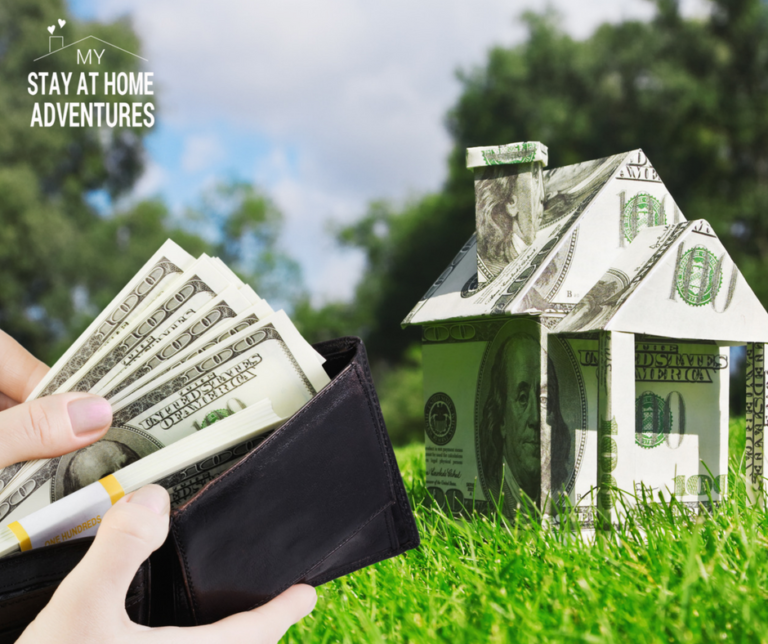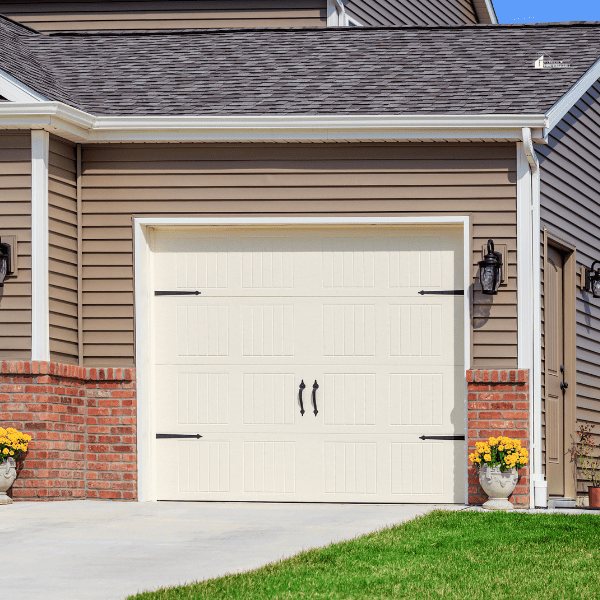A Look Inside Energy Savings for Your Space
This post may contain affiliate links which might earn us money. Please read my Disclosure and Privacy policies hereReducing energy usage benefits your budget and the environment, whether it's your home, office, or other dwelling spaces. The minor adjustments we make daily can collectively make a big difference. In this guide, we'll look at several easy and impactful ways to save energy around any property, from appliances and heating/cooling to lighting and insulation.
By making a few targeted changes, homeowners and renters alike can cut back on consumption and watch the savings add up month after month. We'll explore some tried-and-true methods as well as some cutting-edge solutions.
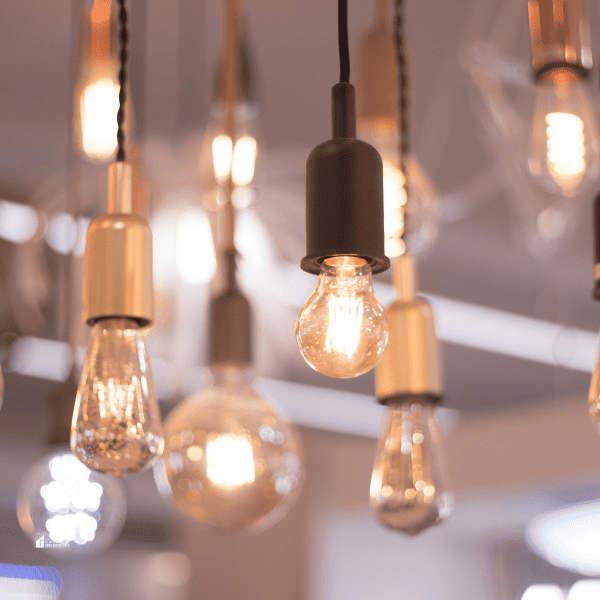
Sustainable Energy-Saving Strategies for Your Space
Reducing energy consumption is not just about saving money; it's about contributing to a healthier planet by decreasing your carbon footprint. Whether you're a homeowner or a renter, implementing energy-saving strategies can significantly improve energy efficiency.
There are numerous ways to make your living space more sustainable, from upgrading to energy-efficient appliances to tweaking your daily habits. Here, we will outline some practical tips that anyone can implement.
Upgrade to LED Lighting
Switch out traditional incandescent bulbs for LED lights. LEDs use at least 75% less energy and last 25 times longer, making them a top choice for energy-conscious individuals.
Implement Smart Thermostats
A smart thermostat can adjust the heating and cooling of your home automatically, ensuring energy is not wasted. These devices learn your schedule and preferences, making adjustments accordingly to save energy while maintaining comfort.
Seal Windows and Doors
Seal drafts around windows and doors to prevent air leaks. This simple measure can significantly reduce heating and cooling costs by keeping the desired temperature inside more consistently.
Install Solar Panels
If your budget allows, consider installing solar panels to generate renewable energy for your home. This initial investment can lead to long-term savings on energy bills while reducing reliance on fossil fuels.
Unplug Unused Electronics
Even when not in use, electronics continue to draw power if they are plugged in. To reduce unnecessary energy consumption, be sure to unplug devices such as phone chargers, laptops, and TVs.
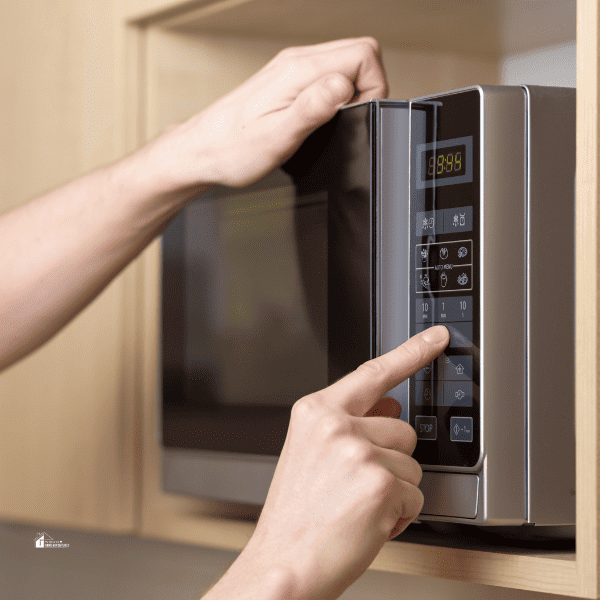
Use Energy-Efficient Appliances
When shopping for new appliances, look for the ENERGY STAR label. These appliances are designed to use less energy while delivering top performance. Also, be sure to maintain your existing appliances properly to keep them running efficiently.
Optimize Water Heating
Insulate your water heater and the first six feet of hot and cold water pipes connected to the heater. This can significantly reduce energy loss. Additionally, setting the water heater temperature to 120°F (about 49°C) can offer substantial energy savings with minimal impact on your comfort.
Use Energy-Efficient Window Treatments
Invest in energy-efficient window treatments or coverings like blinds, shades, and drapes to help control indoor temperatures. During winter, open them during the day to allow sunlight to naturally heat your home and close them at night to keep the warmth in. In summer, do the opposite to keep your home cooler.
Practice Efficient Laundry Habits
To save water and energy, use cold water to wash clothes and ensure you have a full load before running the machine. When possible, consider air-drying clothes on lines or racks, reducing reliance on the dryer, which is one of the highest energy-consuming appliances.
Adjust Your Refrigerator and Freezer Settings
Refrigerators and freezers don't need to be as cold as you might think. Set your refrigerator temperature to between 35°F and 38°F (1.7°C to 3.3°C) and your freezer at 0°F (-18°C). Ensure that the seals around the doors are tight and the coils behind the appliance are clean for maximum efficiency.
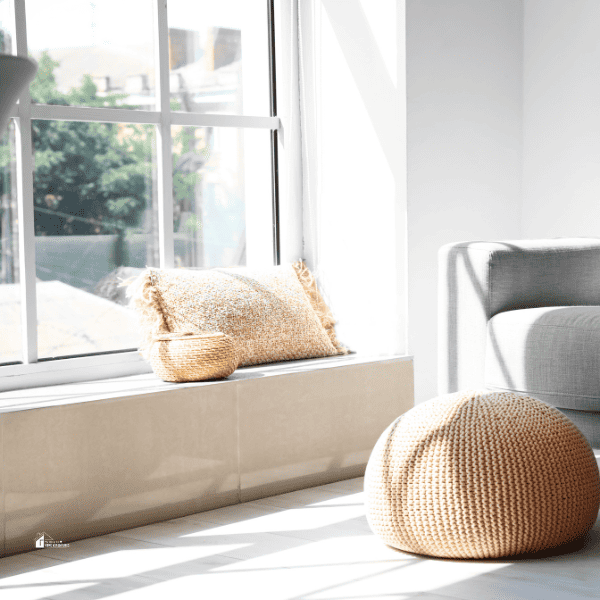
Take Advantage of Natural Light
Whenever possible, utilize natural light instead of artificial lighting. Arranging workspaces near windows and choosing lighter colors for walls, ceilings, and floors can help spread natural light throughout a room, reducing the need for lamps and overhead lighting during the day.
Upgrade Insulation
Proper insulation is crucial for maintaining a comfortable temperature inside your home while reducing energy usage. Check your walls, ceiling, floors, and attic to ensure the insulation is up to par and make necessary upgrades as needed. Contact an insulation contractor for professional guidance.
Consistently Monitor Energy Usage
Finally, stay informed about your energy consumption by regularly monitoring utility bills and tracking changes in energy usage. This can help identify areas for improvement, leading to more significant long-term savings.
FAQ
Q: Can renters also benefit from implementing these energy-saving strategies?
A: Yes, absolutely. Renters can implement many of the same energy-saving strategies as homeowners, such as using LED lighting and smart thermostats. However, it's best to consult with the landlord first for more significant changes, like installing solar panels or upgrading insulation.
Q: Will implementing these strategies really make a noticeable difference in my energy bills?
A: Yes, even small changes can add up to significant savings over time. By consistently implementing energy-saving strategies, you can see a noticeable decrease in your energy bills month after month.
Q: Are there any government incentives or rebates for making sustainable upgrades to my home?
A: Yes, many local and national programs offer incentives or rebates for implementing energy-saving upgrades. It's worth researching what options are available in your area to see if you qualify. Additionally, some utility providers offer energy efficiency programs that can provide savings on monthly bills. So, checking with your local government and utility companies for potential opportunities is always a good idea.

Q: Is it expensive to start implementing these energy-saving practices in my home?
A: The cost of starting energy-saving practices can vary widely depending on the measures you choose to implement. Some strategies, like using LED lighting or unplugging unused electronics, require minimal initial investment and can save you money immediately. More significant upgrades, such as installing solar panels or upgrading insulation, have a higher upfront cost but can lead to substantial savings in the long term. Many energy-efficient products and upgrades become more cost-effective over time due to savings on utility bills and potential tax incentives or rebates.
Conclusion
By making a few simple changes and upgrades, you can significantly reduce your energy usage, save money on utility bills, and reduce your carbon footprint. From small habits like unplugging electronics to more significant investments like solar panels, implementing these strategies can have a positive impact on both your wallet and the environment.


